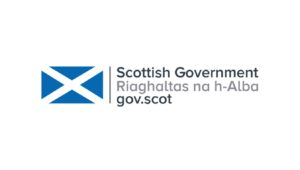Scotland’s Chief Statistician releases the results of the 2021 Scottish Household Survey.

In 2021, most (96%) people rated their neighbourhood as a good place to live, and around two thirds (64%) of households were managing well financially – both the same as in 2020.
Internet access was higher in 2021 (96% of households) than in 2020 (93%), as was internet use (95% of adults in 2021 compared to 92% in 2020). There was a significant increase in internet use amongst older people.
Levels of trust in the health, education and justice systems, and in the police, the Scottish Government and local government, were lower in 2021 than in 2020. Satisfaction with local health services decreased from 88% in 2020 to 78% in 2021.
The percentage of adults who had taken part in physical activity or sport in the four weeks before they were surveyed was similar in 2021 (85%) and 2020 (86%). Frequent participation (active on more than 14 days in the past four weeks) decreased slightly (from 61% of physically active adults in 2020 to 58% in 2021).
In 2021, 70% of adults lived within a five minute walk of their nearest area of green or blue space (such as parks, woods, rivers or coasts), around the same proportion as 2020 (68%). The percentage of adults who visited the outdoors at least once a week decreased from 79% in 2020 to 71% in 2021. People in the most deprived areas saw the largest reduction.
Climate change was more likely to be viewed as an immediate and urgent problem in 2021 (83% of adults) than in 2020 (80%). This includes increases among people aged 75+ (69% in 2020 to 76% in 2021), men (77% to 82%), and people with no qualifications (59% to 69%).
In the 12 months before they were surveyed, 59% of 2021 survey respondents had attended a cultural event or place of culture, including the cinema (up from 44% in 2020), 84% had participated in a cultural activity, including reading (similar to 83% in 2020), and 27% had given unpaid help to organisations or groups (similar to 26% in 2020).